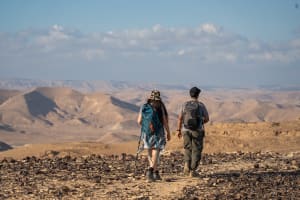Part 2: Deserts of Israel – A journey through time
Part 2 of a series that explores the challenges and wonders of the wilderness
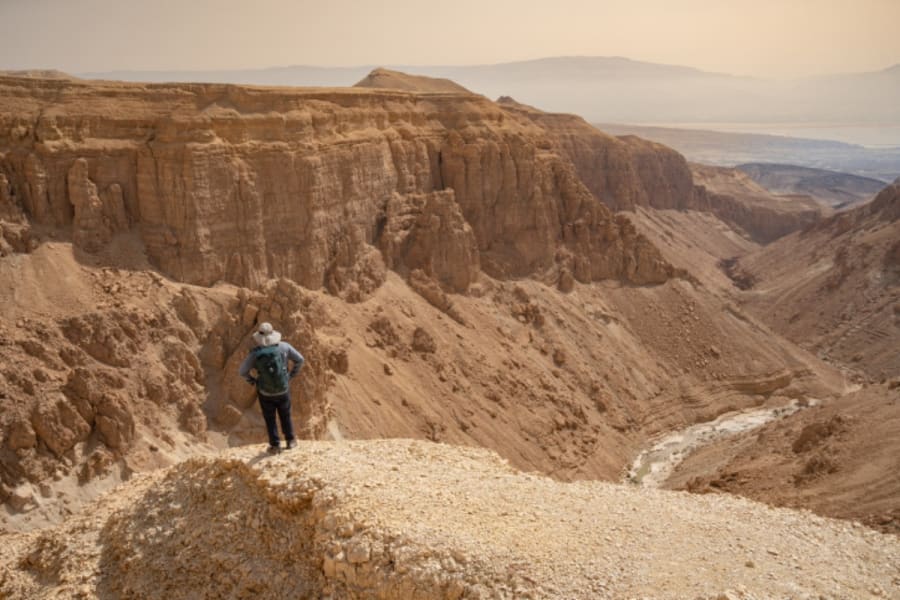
Divine Encounter in the Wilderness
The wilderness is a common setting for key events in the Bible, such as the Israelites' journey from Egypt to the promised land. Despite its challenges, this journey had a purpose, as God revealed Himself to His people in the solitude of the wilderness.
Regarding biblical events, the desert isn't depicted as hopeless but as a space where God encounters His people intimately, even amid hardship (Deuteronomy 32:10).
The Arava and Zin Deserts display unique desert beauty and resilience. The Arava stretches along Israel's southern border with Jordan, while the Zin lies to the west, towards the Negev. These regions hold significant ecological and historical importance in Israel.
The Arava Desert
The region, divided into central and southern areas, spans from the Dead Sea to Eilat, bordered by Jordan to the east. Historically part of the ancient Incense Route, the Arava Desert faces harsh, arid conditions with minimal annual rainfall of 25-50 mm (1-2 inches) and summer temperatures often exceeding 45 degrees Celsius (113F), leading to persistent water scarcity due to limited precipitation and few permanent water sources.
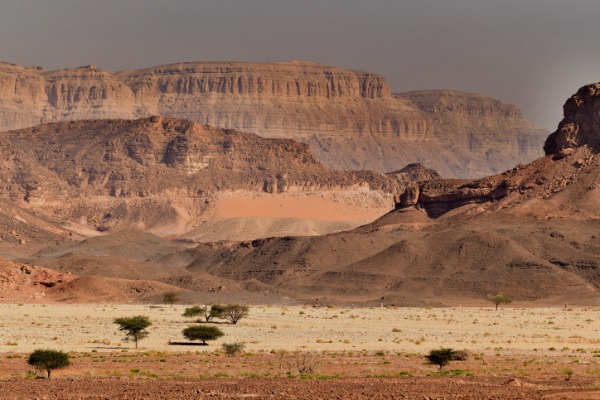
Over millennia, the Arava has seen minimal rainfall, resulting in limited soil formation and significant rock erosion, leading to shallow, saline-rich ground. Fluctuating temperatures, ranging from scorching summers to chilly winters, pose challenges for local flora and fauna. Vegetation usually flourishes in dry riverbeds, enduring sporadic flash floods and sandstorms.
Historically, the area housed Israeli fortresses, notably at Ein Hatseva, strategically located near a freshwater spring. These fortresses, spanning around 1,000 years, served as military centers and waypoints for passing caravans.
Despite its harsh climate, the Arava Desert teems with life, from hyenas and reptiles to unique birds for fascinated birdwatchers. The Hai-Bar Yotvata Reserve, managed by the Israel Nature and National Parks Protection Authority, is a prime spot to witness this diversity. Established to reintroduce biblical-era animals to the region, the reserve breeds species like gazelles, sand cats, and ostriches, releasing many back into the wild.

Nestled near Mitzpe Ramon, the Arava holds the notorious Makhtesh Ramon, the world's largest erosion cirque which offers captivating sights and adventurous activities. Renowned for its geological marvels, it showcases prism-shaped stones formed by lava heat intruding between layers of sedimentary rock.
The live desert park Hai Ramon captivates visitors with its enigmatic desert inhabitants, showcasing over 40 species thriving in simulated natural habitats, including lizards, snakes, turtles, porcupines, and more.
It should be noted that Mitzpe Ramon has undergone remarkable development. Supported by the Jewish National Fund (JNF), this small desert town, which heavily relies on tourism, has taken strategic steps to enhance its growth. Notably, the municipality and its residents have actively worked to attract Israeli start-ups, hoping to foster innovation and economic vitality; their efforts have been directed towards doubling the town’s population.
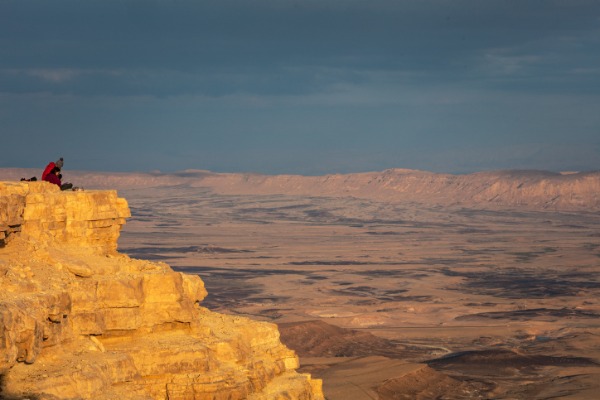
In addition to conservation efforts, the Arava sustains livelihoods through tourism and innovative agriculture. Employing cutting-edge technology, residents cultivate vegetables, fruits and flowers, and engage in eco-friendly projects, including algae cultivation, solar energy and fish farming.
Since the devastating attack by the terrorist group Hamas on Oct. 7, which triggered a state of war in Israel on several fronts, locals of the Arava Desert in Israel have expressed concern over security threats, particularly from Jordan, due to multiple security incidents in southern Israel and breaches along the Israel-Jordanian border.
The Zin Desert
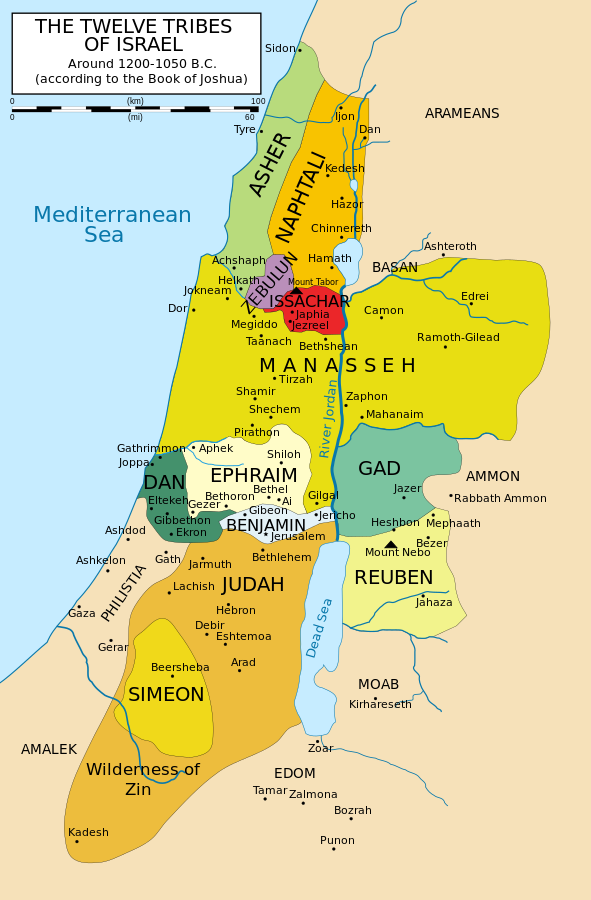
The Zin Desert, situated between the Arava and the larger Negev Desert, holds both historical and contemporary significance. This region hosts ancient Nabatean settlements like Shivta and Avdat, listed as UNESCO World Heritage sites, providing insights into historic trade routes and desert civilizations.
Mentioned in the Bible as the “Wilderness of Kadesh” (Deuteronomy 1:46, Psalm 29:14), it is also associated with the 'Wilderness of Sin' near Mount Sinai (Exodus 16:1), though these locations are not necessarily identical.
At Kadesh Barnea, two significant events unfolded: The Israelites' faithless refusal to enter the Promised Land (Numbers 13:32–33) and their dispute with Moses over water scarcity (Numbers 20:2–5). These incidents – marked by unbelief, grumbling and disobedience – deeply impacted Moses, Aaron, and the entire Israelite community.
The Zin, also known as the biblical desert from which the 12 spies were sent by Moses to tour the promised land, is delineated by the Zin River, marking the historical border of Israel in biblical times (Joshua 15:2-3).

In modern Israel, the Zin Desert gained prominence through British explorer Thomas Lawrence, best known as 'Lawrence of Arabia.' His expedition and survey of the Negev, conducted in this desert, earned him widespread recognition, immortalized in the 1962 film.
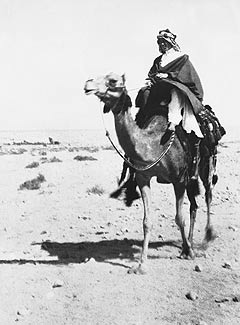
Nowadays, the expansive landscapes of Zin inspire contemplation, fostering an appreciation for the desert's tranquility and its remarkable transformation from eco-tourism and fish farming to flourishing olive groves and vineyards.
Known as a popular hiking destination in the Zin Desert, Ein Avdat, a picturesque canyon with waterfalls and pools, is celebrated for its distinctive desert wildlife and vegetation.

In the final phase of our exploration through Israel's deserts, we will discover the vibrant landscapes and hidden gems of the famous Negev Desert.
Click here to read Part 1.

The All Israel News Staff is a team of journalists in Israel.
You might also like to read this:


